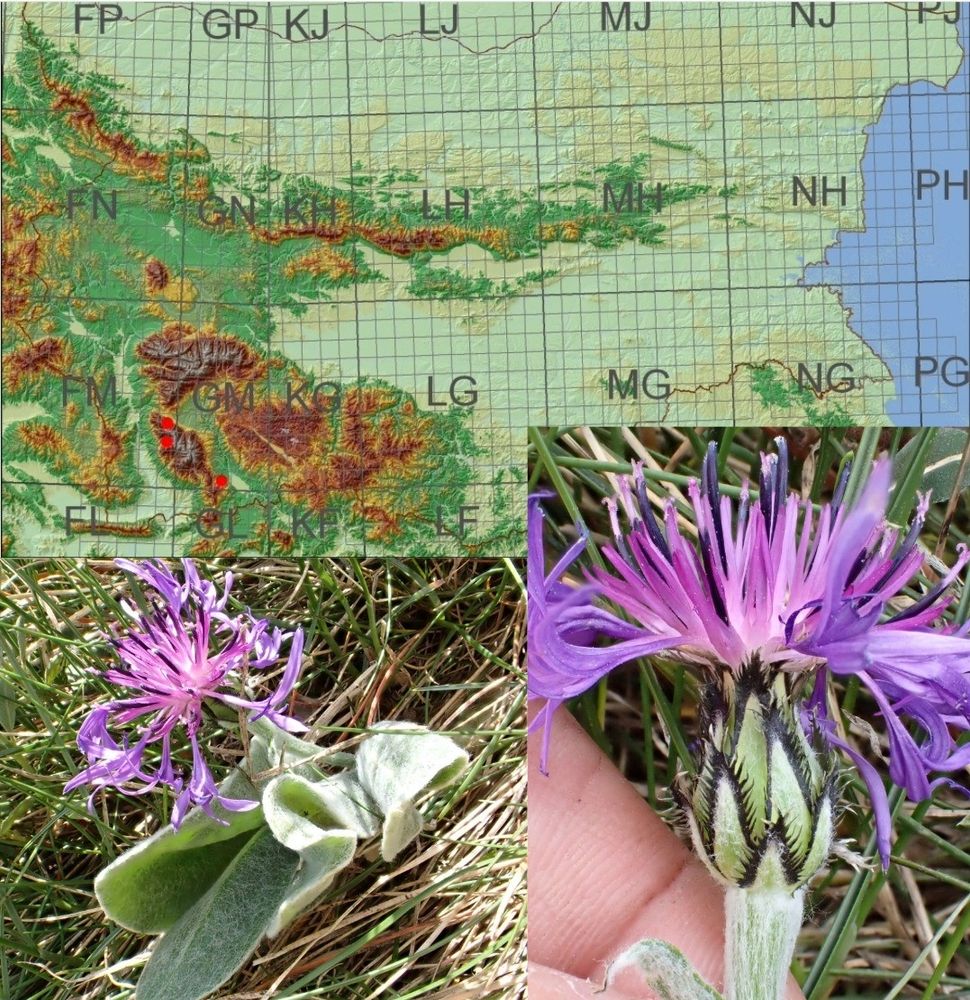
Possibly one of the rarest plants I found in Bulgaria, endemic to the Pirin Mountains - Centaurea achtarovii @wildflowerhour.bsky.social @europeanorchids.bsky.social
03.08.2025 14:00 — 👍 2 🔁 0 💬 0 📌 0@davidjgibbs.bsky.social
General naturalist, survey entomologist specialising in Diptera and Hymenoptera. World birder but mainly doing plants and fungi at moment.

Possibly one of the rarest plants I found in Bulgaria, endemic to the Pirin Mountains - Centaurea achtarovii @wildflowerhour.bsky.social @europeanorchids.bsky.social
03.08.2025 14:00 — 👍 2 🔁 0 💬 0 📌 0Yes, I know it well, shall be there this evening😊
23.06.2025 14:43 — 👍 1 🔁 0 💬 1 📌 0The two 5-spot burnets are essentially indistinguishable as adults in the field. Habitat and presence of food plant are indicative but not definitive. In my experience in North Somerset Z. lonicerae are common while trifolii is vanishingly rare. But things are always changing!
23.06.2025 13:23 — 👍 1 🔁 0 💬 1 📌 0That one is certainly showing the features of fasciatus, but we have 3 species in Britain!
23.06.2025 13:15 — 👍 0 🔁 0 💬 0 📌 0Presumably Zygaena lonicerae? in that habitat both could be present.
23.06.2025 12:07 — 👍 1 🔁 0 💬 1 📌 0I don't think this can be fasciatus, possibly sexualis?
23.06.2025 07:52 — 👍 0 🔁 0 💬 1 📌 0Opiliones, harvestman
20.06.2025 14:17 — 👍 1 🔁 0 💬 0 📌 0Which race are your Dorset insects?
19.06.2025 15:57 — 👍 0 🔁 0 💬 0 📌 0Right, such variation in Z. lonicerae seems to be very rare, I see lots of them. In Z.t.palustrella these fused spots seem common, but I've not seen them in Z.t.trifolii, although said to occur? Frequency?
19.06.2025 15:56 — 👍 0 🔁 0 💬 0 📌 0Is this equally frequent in both ssp? I have seen many palustrella like this but rarely Z.t. trifolii, not that I have seen many of the latter recently.
19.06.2025 13:02 — 👍 0 🔁 0 💬 1 📌 0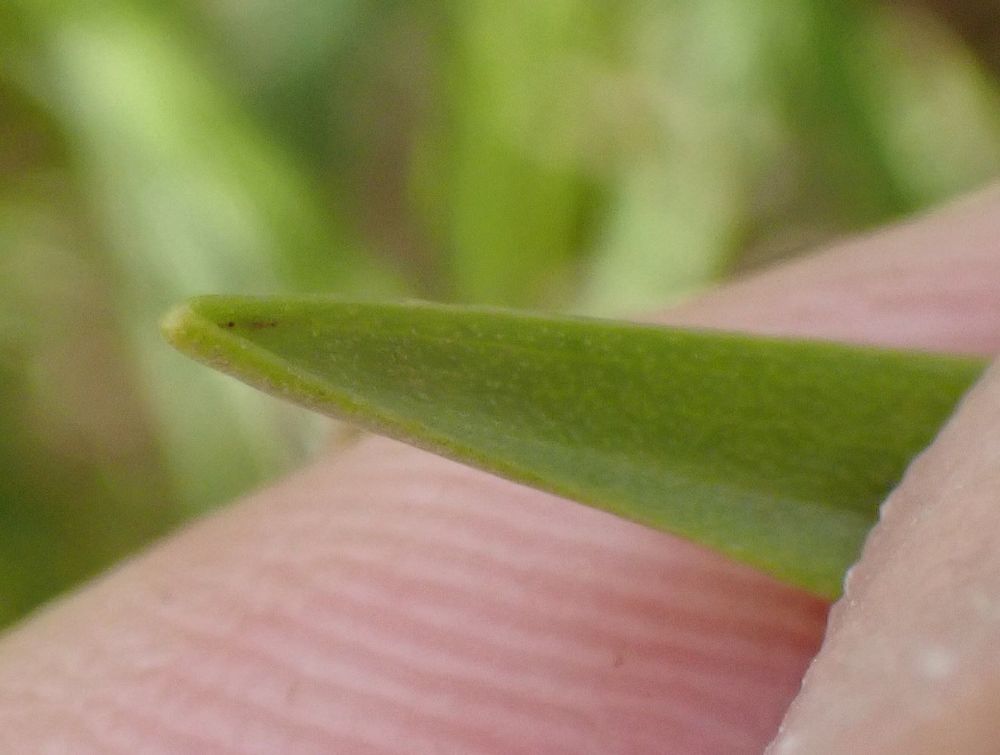
btw what about leaf tip of xwintoni? the middle one in the collage had a typical incarnata leaf tip.
17.06.2025 09:45 — 👍 0 🔁 0 💬 1 📌 0can't
17.06.2025 09:38 — 👍 0 🔁 0 💬 1 📌 0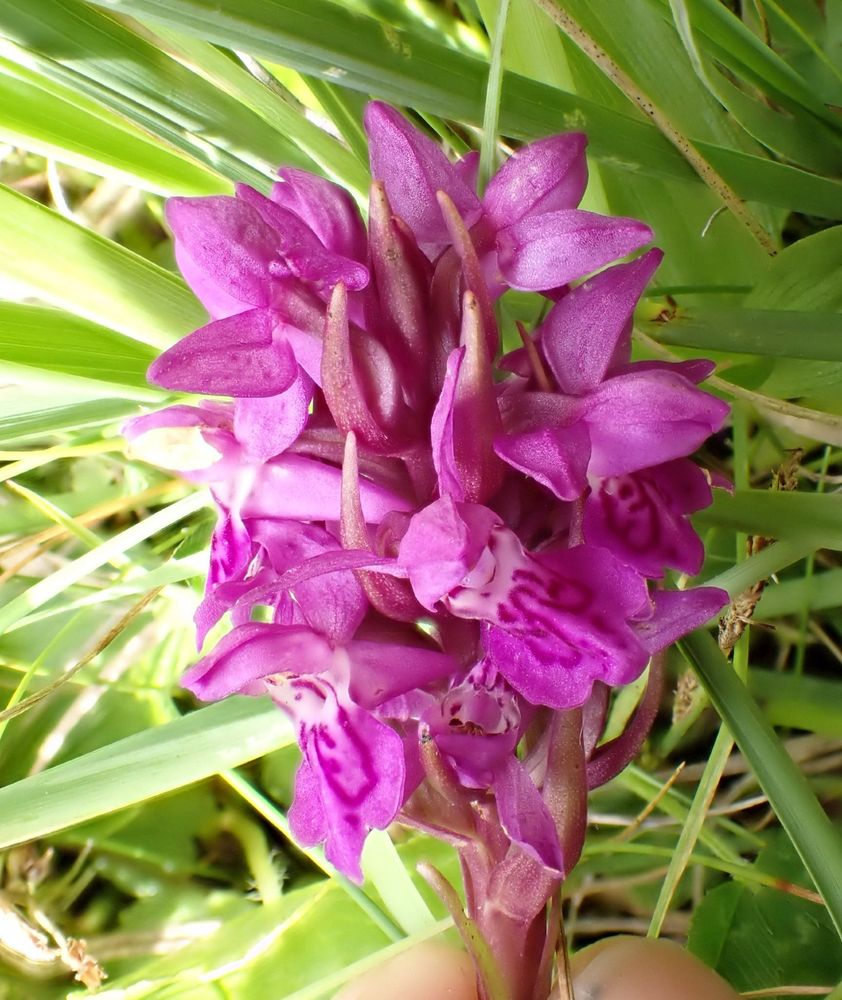
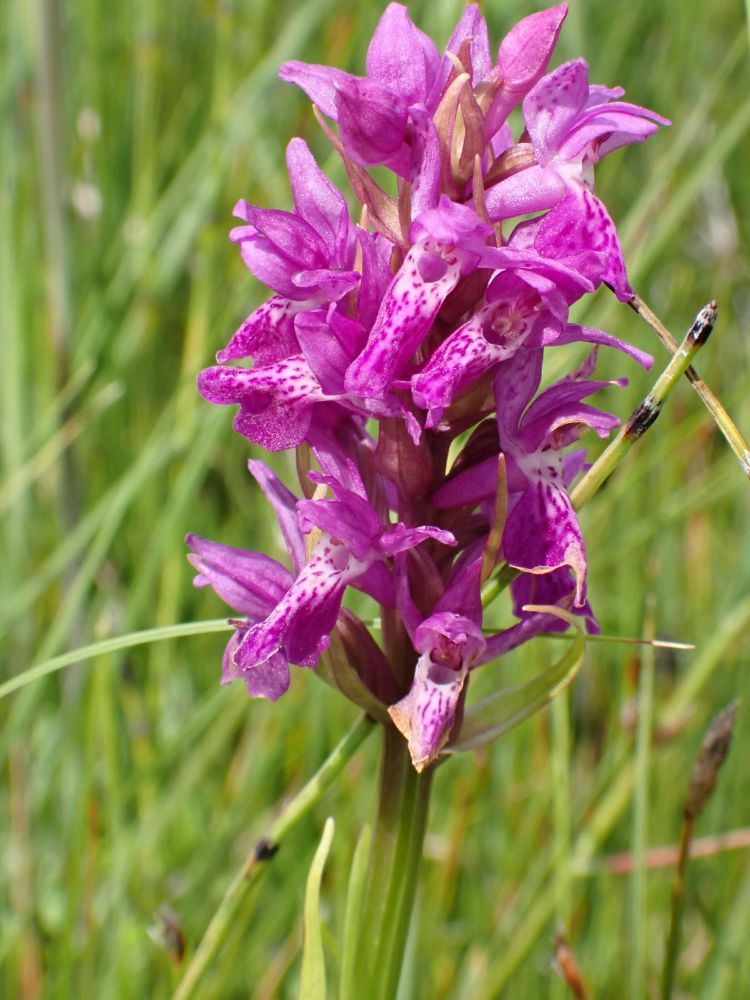
Thanks Sean, I did identify a couple of plants as xwintoni but wasn't at all sure. I know, but I like to record things at the finest level available literature allows, can always amalgamate records later but can disassociate them if didn't take note.
17.06.2025 09:37 — 👍 1 🔁 0 💬 2 📌 0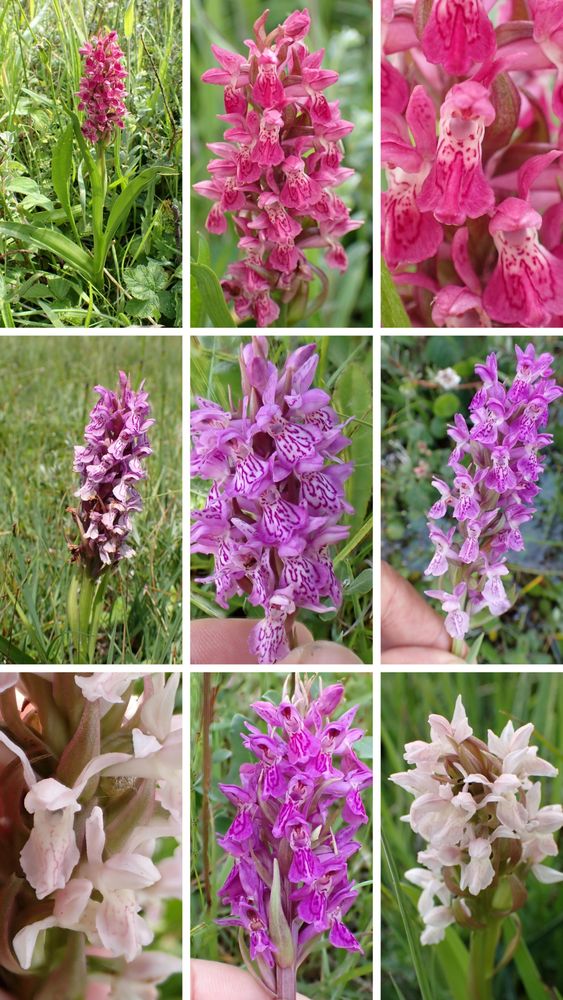
Some of the variety of Dactylorhiza incarnata, Early Marsh Orchid at Kenfig. Top Dactylorhiza (incarnata) coccinea, middle showing characteristics of Dactylorhiza (incarnata) lobelii, bottom perhaps Dactylorhiza incarnata incarnata var dunensis? @ukorchids.bsky.social @europeanorchids.bsky.social
17.06.2025 08:26 — 👍 6 🔁 0 💬 2 📌 0Or are they are doing the opposite, trying to stand out by looking like an inflorescence very attractive to insects?
16.06.2025 21:07 — 👍 0 🔁 0 💬 1 📌 0👍
16.06.2025 18:02 — 👍 0 🔁 0 💬 0 📌 0that strongly suggests Adscita geryon especially of you are in the S of England?
16.06.2025 17:23 — 👍 0 🔁 0 💬 1 📌 0You mention "Downs" which suggests Helianthemum, the food plant of Cistus Forester? but both might be possible.
16.06.2025 17:13 — 👍 0 🔁 0 💬 1 📌 0Ah, not in my library, every book chooses its own taxonomy! Does it really call it a ssp?
16.06.2025 16:56 — 👍 0 🔁 0 💬 1 📌 0Just not in my books, POWO treats it as var leucantha, a synonym of incarnata.
16.06.2025 14:15 — 👍 1 🔁 0 💬 1 📌 0Not heard of ssp leucantha, will have to look that one up!
16.06.2025 12:58 — 👍 1 🔁 0 💬 1 📌 0Cistus Forester Adscita geryon?
16.06.2025 11:57 — 👍 1 🔁 0 💬 1 📌 0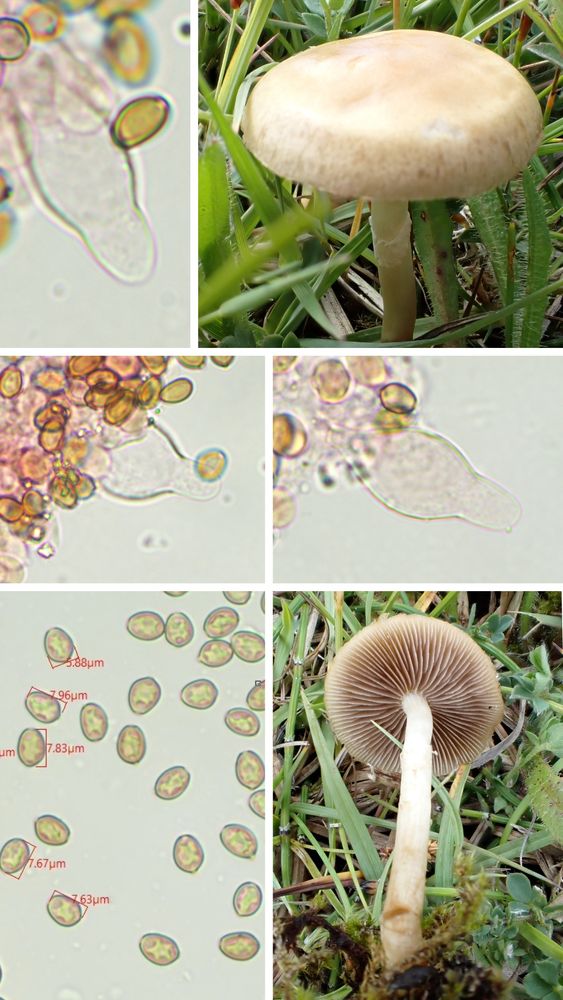
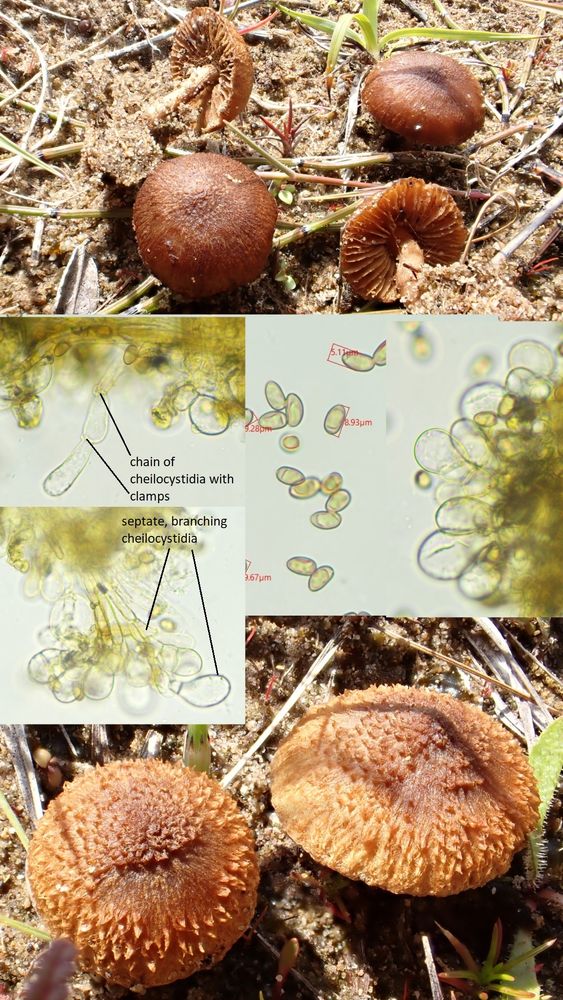
Inocybe dulcamara Bittersweet Fibrecap and Agrocybe praecox Spring Fieldcap from Kenfig, S Wales.
16.06.2025 11:54 — 👍 2 🔁 0 💬 0 📌 0Well it certainly immediately stood out as something different to me in the field, both in stature and labellum shape. Spur shape seems to be intermediate between HSO and CSO?
15.06.2025 08:49 — 👍 1 🔁 0 💬 1 📌 0Thanks Sean, so what would you look at in the field that you can't see in the photo?
15.06.2025 08:01 — 👍 0 🔁 0 💬 1 📌 0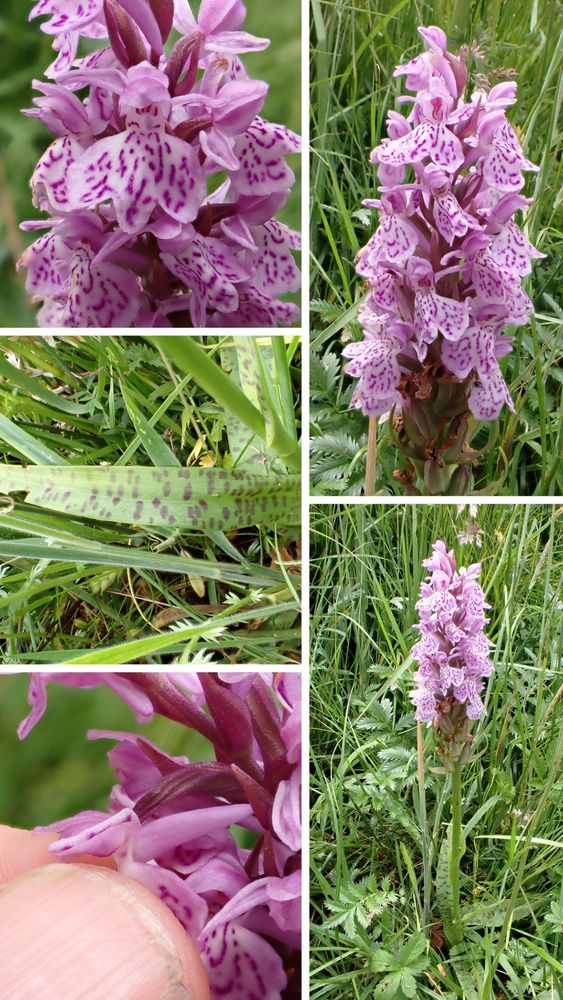
Possibly D. xtransiens? Many D. maculata present but no D. fuchsii although the numerous D. xgrandis testify to the influence of fuchsii and it has been recorded at the site previously. @ukorchids.bsky.social
14.06.2025 07:03 — 👍 2 🔁 0 💬 1 📌 0Excellent spot, have surveyed it for inverts. Still very much learning these infraspecific orchid taxa.
12.06.2025 15:31 — 👍 0 🔁 0 💬 0 📌 01,3,4,6 and 10 all have cylindrical inflorescence and solid purple loops on labellum. Why aren't these junialis? Looks like the Shapwick plants???
12.06.2025 13:11 — 👍 1 🔁 0 💬 2 📌 0Excellent, then I can see that the lower one in my photo clearly clasps the stem all round, so this is a caudal not a bracteoidal leaf, so 4 bracteoidal leaves present! I have asked several times and not got an answer before, many thanks.
10.06.2025 11:20 — 👍 1 🔁 0 💬 1 📌 0OK, wasn't sure, I counted it because it clasps the stem?
10.06.2025 10:40 — 👍 0 🔁 0 💬 1 📌 0